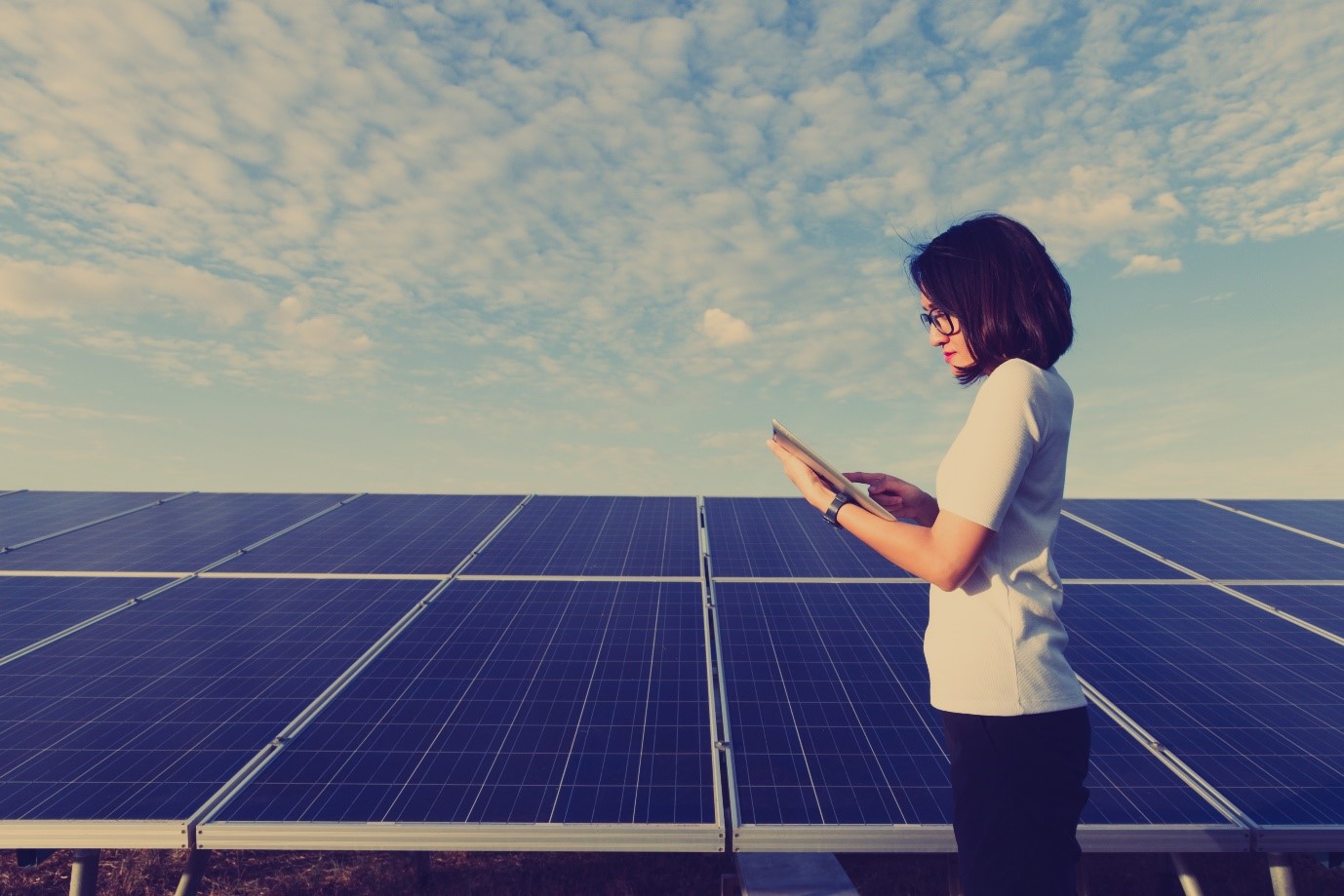Kenya’s off-grid solar sector is attracting record-breaking investments, with companies like Sun King securing $156 million in securitization financing one of the largest deals of its kind in Africa. The trend marks a pivotal moment in Africa’s clean energy transition, where investors are increasingly betting on decentralized solar power as the fastest and most sustainable way to bring electricity to underserved communities.
The surge in funding is driven by a unique mix of growing demand, innovative finance models, strong mobile payment systems, and rising global climate priorities. As a result, Kenya is becoming a blueprint for how off-grid solar can scale in Africa with the private sector leading the charge.
In July 2025, Sun King, a leading solar energy provider in Africa and Asia, secured a $156 million securitization deal to expand its pay-as-you-go (PAYG) solar services in Kenya. This deal bundles expected repayments from customers into a financial product, allowing the company to raise upfront capital from investors
This approach allows solar companies to recycle capital efficiently turning small, daily mobile money payments from rural customers into large-scale funding streams. For investors, it’s a low-risk, high-impact model that delivers both financial returns and measurable social impact.
Sun King is not alone. Other players like d.light, Bboxx, M-KOPA, and Zola Electric have also attracted millions in funding. Kenya’s thriving fintech ecosystem and well-developed mobile money infrastructure (led by M-PESA) make it one of the most attractive markets for solar investment globally.
Why Off-Grid Solar And Why Now
The appeal of off-grid solar lies in its scalability, affordability, and decentralization. Unlike large power plants that take years and billions to construct, solar kits and mini-grids can be deployed quickly and affordably, especially in remote or underserved areas.
Several factors make Kenya a hotbed for this model:
1. Energy Access Gap
Despite progress in electrification, about 25% of Kenyans still live without electricity, mostly in rural or hard-to-reach areas. The national grid is limited in scope, and many rural communities are not economically viable for connection. Off-grid solar provides a practical, fast solution.
2. Mobile Money Integration
Kenya is a global leader in mobile money adoption, with over 90% of adults using M-PESA. This makes PAYG solar financing easy to manage, as customers can make small daily or weekly payments using their phones.
3. Youthful, Tech-Savvy Population
A young, entrepreneurial population is open to new technologies and alternative finance models. Many are starting small businesses powered by solar like barbershops, food kiosks, and phone-charging stations.
4. Government Support
The Kenyan government has actively promoted off-grid energy through initiatives like Kenya’s National Electrification Strategy (KNES) and by supporting climate finance channels. Policies supporting mini-grid development and VAT exemptions on solar equipment have also improved investor confidence.
Beyond social impact, off-grid solar in Kenya offers a financially viable business model. Here’s why investors are confident:
- Predictable Cash Flows: PAYG models generate regular, trackable revenue from thousands of customers.
- Portfolio Diversification: Each customer represents a micro-loan, reducing risk by spreading exposure across a broad base.
- Credit Performance: Solar customers tend to be reliable payers, especially when products power critical household needs.
- Green Finance Demand: Impact investors and climate-focused funds are under pressure to allocate capital to measurable environmental and social projects.
- Blended Finance Models: Many deals involve development finance institutions (DFIs) that de-risk investments by absorbing early-stage losses or providing guarantees.
This combination of impact and profit potential has attracted major players, from development agencies like IFC, USAID, and AfDB to private equity firms, ESG funds, and commercial banks.
Sun King’s securitization deal is a strong example of how off-grid solar finance is evolving:
- It is asset-backed, meaning investors are secured by the revenue generated from existing solar customer contracts.
- It supports the expansion of over 1.5 million solar systems, bringing electricity to more than 6 million people.
- It’s structured to allow repeatable financing, helping the company grow without relying on endless rounds of equity fundraising.
Such deals are helping companies leapfrog the capital barrier, bringing transformative energy solutions to millions faster than traditional models ever could.
Kenya may be leading the charge, but the opportunity spans the continent:
- Over 600 million people in Sub-Saharan Africa lack electricity.
- Traditional grid expansion is slow and expensive.
- The region has abundant solar potential, especially in East and West Africa.
- Off-grid solar could create millions of green jobs from technicians and agents to solar-powered businesses.
Other countries like Nigeria, Ethiopia, Uganda, and Tanzania are rapidly developing their off-grid solar sectors. Lessons from Kenya are helping shape regional best practices.
While growth is strong, challenges remain:
- Currency risk can make foreign investment unstable.
- Affordability is still an issue for the poorest households.
- Some areas lack after-sales support or long-term maintenance plans.
- Solar waste and end-of-life battery disposal need regulation.
Also read : How Wind Energy Is Powering Africa’s Green Future
To overcome these, companies are expanding local repair networks, introducing lease-to-own models, and working with governments to standardize regulation and promote circular economies.
The rise of off-grid solar is not just about replacing kerosene lanterns, it’s about reimagining how energy can be delivered. As Kenya’s success shows, clean electricity can be decentralized, digitized, and democratized.
Investors see that the future of African energy lies not only in mega-projects, but also in millions of small, affordable solar units powering homes, schools, clinics, and enterprises. The off-grid revolution is just beginning, and Kenya is lighting the way.



